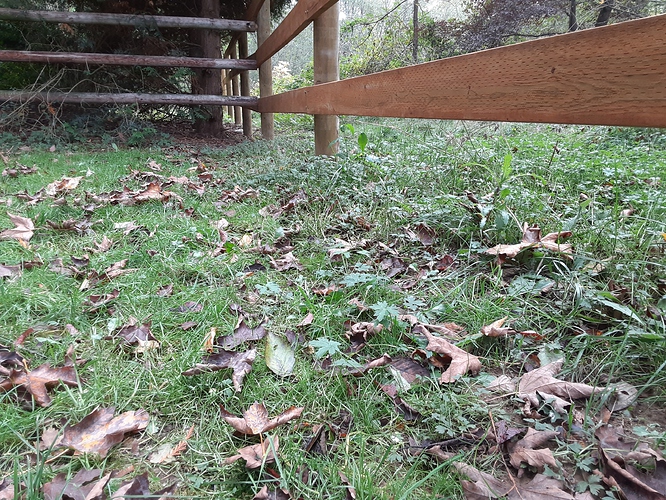This place we moved onto used to be a farm but hasn’t been used that way in decades. Some of the pastures were maintained, and some were not, or were maintained very infrequently.
The pasture I’m struggling with the most is low lying and obviously has not gotten a lot of love over the years. It looks like it was probably mowed once a year and otherwise ignored.
We got in there and brushhogged all the brambles and tall weeds and junk, and I was super happy to find decent grass in there under that stuff. However the other thing I found was buttercups. It’s actually mostly grass but then there’s patches of buttercups or buttercups mixed with grass.
What I’m wondering is, will scalping these patches with my mower, or cutting them down to zero with my weed whacker, help or hurt the grass relative to the buttercups? I mean the patches where there’s grass and buttercups mixed. I really just want to scalp it, but I don’t want to kill my newly-uncovered grass.
If mowing would be worse for the grass than for the buttercups, what are my options aside from pesticides? There’s a creek nearby that flows into a salmon stream and then out into the ocean, and I don’t want to be dumping poison in there.
I’m the maritime PNW so it’s still grass growing season here. And it’s obviously weed growing season also.


 Does anyone at least supply lime in bulk, so you could get, say, some 500lb bags loaded into a truck or delivered, to scoop into your spread for now?
Does anyone at least supply lime in bulk, so you could get, say, some 500lb bags loaded into a truck or delivered, to scoop into your spread for now?